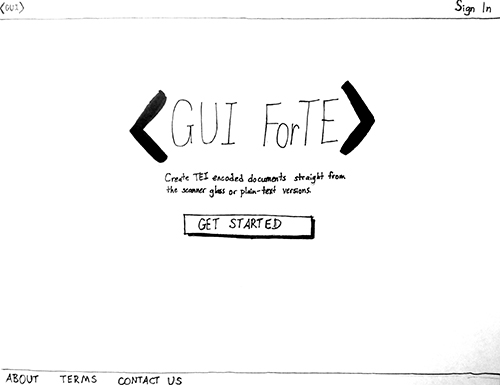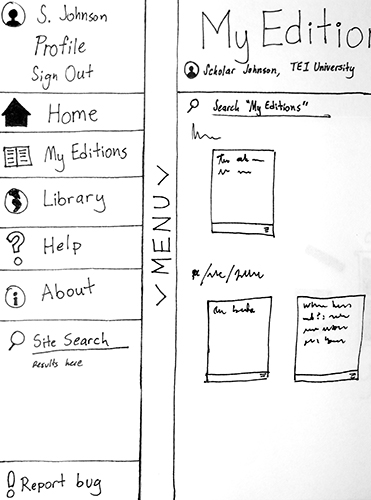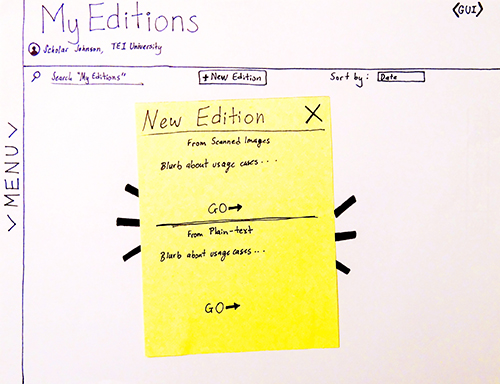
The DH community has been working for decades to make digital versions of texts widely available in forms that honor their physical counterparts but also allow for digital manipulation. The most common and accepted solution to this problem has been the guidelines set out by the Text Encoding Initiative (TEI). TEI is a set of XML schemas specifically designed for the encoding of archival quality digital editions. TEI encoded documents are behind the scenes in many DH projects with a broad range of applications and implications.
To create a digital edition, a person must (1) have an adequate level of genre subject knowledge, (2) be proficient enough with XML to encode, and (3) have the time and/or resources to do so. Some people have tried to streamline this system by delegating the encoding to interns or assistants, sacrificing granularity in markup, or just using plaintext versions of texts. The lack of available texts and the learning curve required to create such texts continues to be an Achilles’ heel of DH work.
I proposed a software package that would essentially turn encoding into a point-and-click exercise. This type of software would eliminate the need for scholars in the humanities to familiarize themselves with XML, would change the technical language from XML to the particular field of study, and would be faster and easier to work with than a text editor.
Paper prototyping is a rapid prototyping method used in software development to help refine software flow. In paper prototyping, everything that may be displayed on a screen is instead drawn on paper including pop-up boxes, menus, etc. A developer and a test user sit down together at a table. The test user uses their finger as a mouse, and the developer moves and changes the sheets to mimic the way the software would actually work.
My project employed paper prototyping and video-taped usability studies. Test users were given background about the project and method before being asked to test the prototype with audible real-time commentary on their thoughts and reactions.
All things considered, the amount of functionality afforded by a paper prototype was successfully communicated to the test users, who were then able to leverage that functionality towards the expected ends. The paper prototyping and usability studies show that the software approach to encoding works in theory: the real issue to be considered is proper development of the core functionality, not the feasibility for end users. The next primary testing objective would need to be an alpha test of a computer prototype of the basic functionality.
– Alan B. Thorne, Jr.



